How To Clean A Commercial Ice Maker?
Introduction
A commercial ice maker is one of the most essential appliances in restaurants, hotels, bars, hospitals, and foodservice operations. Ice is directly consumed by customers or used in food and beverage preparation, which means hygiene and reliability are critical. Over time, scale buildup, mold, and bacterial growth can compromise ice quality, reduce efficiency, and even pose health risks. Therefore, knowing how to clean a commercial ice maker is crucial not only for food safety compliance but also for cost-effective operation.
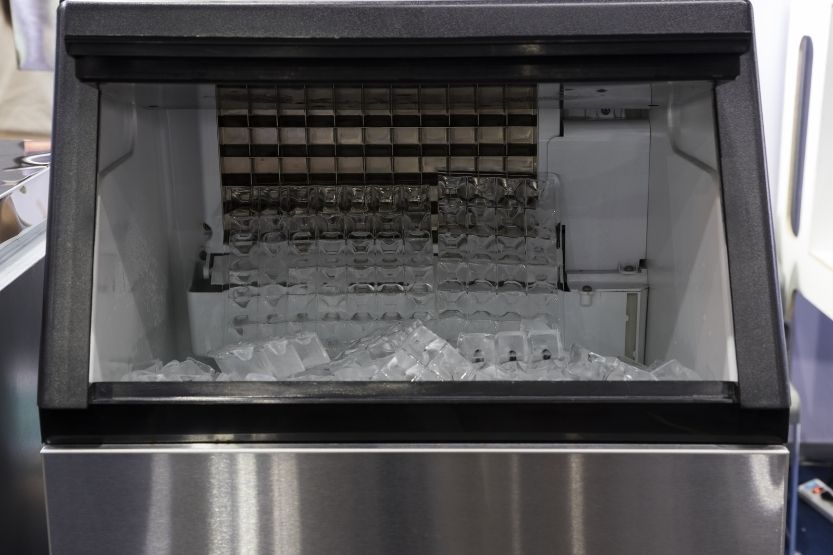
This comprehensive guide will walk you through the importance of regular cleaning, the tools and supplies needed, a detailed step-by-step cleaning procedure, preventive maintenance tips, troubleshooting, and when to consider replacing your ice machine. By the end, you will have a complete action plan to ensure your ice maker continues delivering clean, fresh, and safe ice cubes.
Why Cleaning a Commercial Ice Maker Matters
1. Food Safety and Hygiene
Ice is considered food by regulatory bodies like the FDA. A dirty ice machine can harbor harmful microorganisms, mold, and biofilm, contaminating every batch of ice produced. Regular cleaning ensures compliance with HACCP, NSF, and health inspection standards.
2. Efficiency and Performance
Mineral deposits and scale buildup on evaporators and water lines reduce heat exchange efficiency. This forces the machine to work harder, leading to higher energy consumption and reduced ice production.
3. Extended Equipment Lifespan
Routine cleaning reduces wear on critical components like the compressor, water pump, and evaporator. This prolongs the lifespan of your commercial ice maker, avoiding costly breakdowns.
4. Customer Experience
Cloudy ice cubes with off-tastes or strange odors directly affect customer satisfaction. Clean machines consistently produce crystal-clear, fresh-tasting ice.
Key takeaway: Cleaning is not just a chore—it is an investment in food safety, efficiency, and business reputation.
Tools and Supplies Required
Before starting the cleaning process, gather the right equipment to ensure efficiency and safety.
Food-grade ice machine cleaner (nickel-safe, citric acid-based)
Sanitizer solution approved for food-contact surfaces
Soft cloths and sponges (non-abrasive)
Bucket with warm water
Protective gloves and safety goggles
Screwdriver (for removing panels and parts)
Replacement water filter (if required)
Using improper chemicals like vinegar, bleach, or abrasive cleaners can damage the machine. Always follow manufacturer-recommended cleaning solutions.
Step-by-Step Cleaning Guide
Step 1 – Power Off and Empty the Ice Maker
Turn off the ice machine and disconnect it from the power supply.
Shut off the water line.
Remove all existing ice and discard it, since it may contain contaminants.
Step 2 – Disassemble Removable Parts
Remove the ice bin, water trough, air filters, and other detachable parts.
Soak them in a bucket of warm water mixed with ice machine cleaner.
Use a soft brush or cloth to gently scrub away any residue.
Step 3 – Clean Internal Components
Mix food-grade ice machine cleaner with warm water according to manufacturer instructions.
Circulate the solution through the water lines, pump, and evaporator plate.
Allow it to sit for 10–15 minutes to dissolve scale, lime, and mineral deposits.
Step 4 – Rinse Thoroughly
Flush the system with clean water several times to remove any chemical residue.
Ensure no cleaner remains, as it can contaminate the ice.
Step 5 – Sanitize the Ice Machine
Apply a food-safe sanitizer to the water reservoir, ice bin, and food-contact surfaces.
Allow the sanitizer to air dry—do not rinse it off, as this diminishes its effectiveness.
Step 6 – Reassemble and Restart
Reinstall all cleaned and dried components.
Reconnect the power and water supply.
Run a test cycle and discard the first batch of ice to ensure cleanliness.
Troubleshooting During Cleaning
Even with thorough cleaning, you may encounter issues:
Persistent Odor → Replace the water filter and inspect for mold growth in hidden areas.
Low Ice Production → Check water pressure, clean condenser coils, or consider professional servicing.
Discolored Ice → Verify water quality and ensure cleaning residue is fully flushed.
Strange Noises → Could indicate a failing pump or motor, requiring technician inspection.
Preventive Maintenance Tips
Cleaning alone is not enough—consistent preventive care ensures long-term reliability.
Clean Every 1–3 Months depending on usage and water hardness.
Replace Water Filters every 6 months or as recommended.
Check Water Quality—install a softener if your area has hard water.
Inspect Air Vents and Condenser Coils monthly for dust and debris.
Schedule Annual Professional Maintenance for deep cleaning and mechanical inspection.
When to Replace Your Commercial Ice Maker
Despite regular cleaning, machines have a limited lifespan. Signs it may be time for replacement:
Frequent breakdowns and high repair costs
Consistently low ice output despite maintenance
Outdated model that does not meet energy efficiency standards
Visible rust, cracks, or worn components
In such cases, upgrading to a new commercial ice maker may be more cost-effective. Choosing a reliable China commercial ice maker manufacturer and supplier ensures access to high-quality, energy-efficient, and affordable replacement units.
Frequently Asked Questions (FAQ)
Q1: How often should I clean a commercial ice maker?
A1: Every 1–3 months depending on usage, and more frequently in high-demand environments.
Q2: Can I use vinegar or bleach to clean my ice machine?
A2: No. Only use manufacturer-approved food-grade cleaners. Harsh chemicals can damage machine components.
Q3: Why does my ice smell or taste bad even after cleaning?
A3: Check the water filter, flush the system thoroughly, and ensure sanitizer is applied properly.
Q4: How long does it take to clean a commercial ice maker?
A4: A full cleaning cycle typically takes 1–2 hours, depending on machine size and buildup level.
Q5: Can I clean my ice machine without shutting it down?
A5: No. Always power off and disconnect from the water supply before cleaning for safety and effectiveness.
Conclusion
A commercial ice maker is a valuable investment that directly impacts food safety, customer satisfaction, and business efficiency. Regular cleaning and preventive maintenance ensure hygienic ice, optimal performance, and extended equipment lifespan. By following this step-by-step guide on how to clean a commercial ice maker, you can safeguard your business reputation and avoid costly downtime.
If your current machine shows signs of wear or inefficiency, consider partnering with a trusted China commercial ice maker supplier for factory-direct pricing, reliable after-sales service, and customized solutions tailored to your operation.
Must-Read Blogs For Chain Restaurants Owner

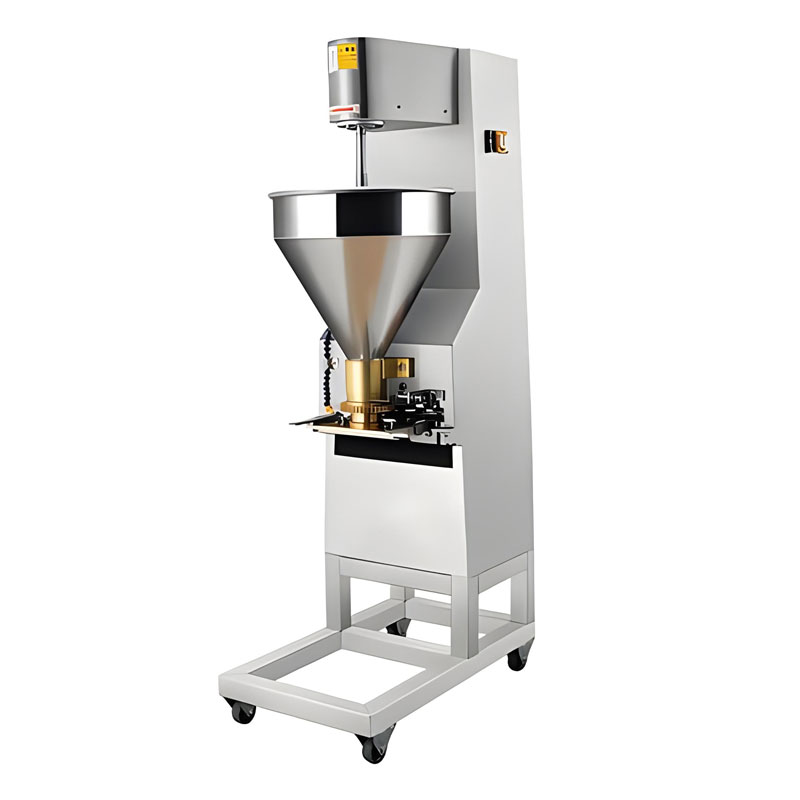
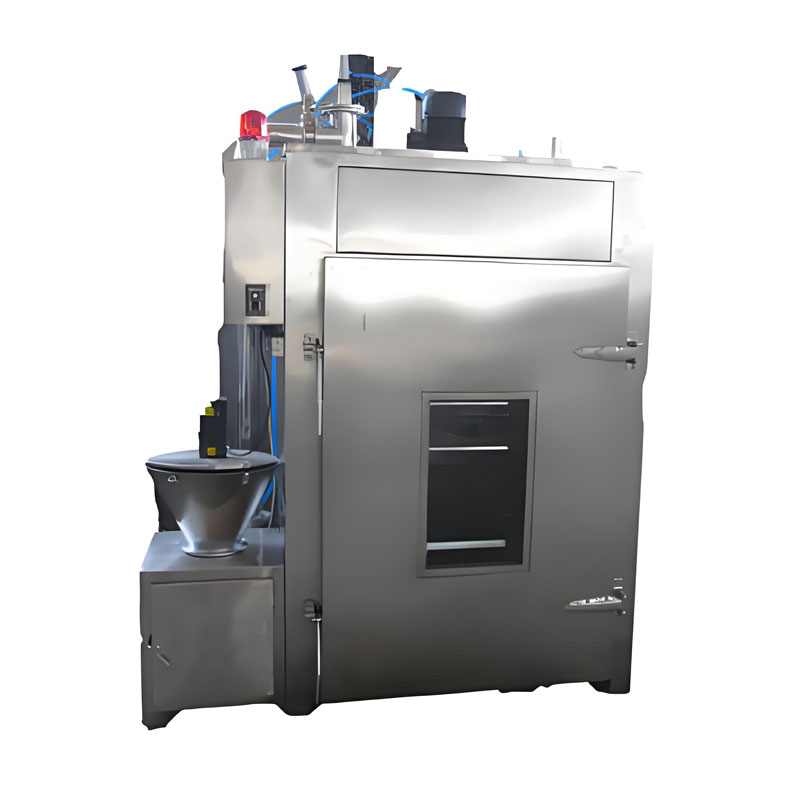
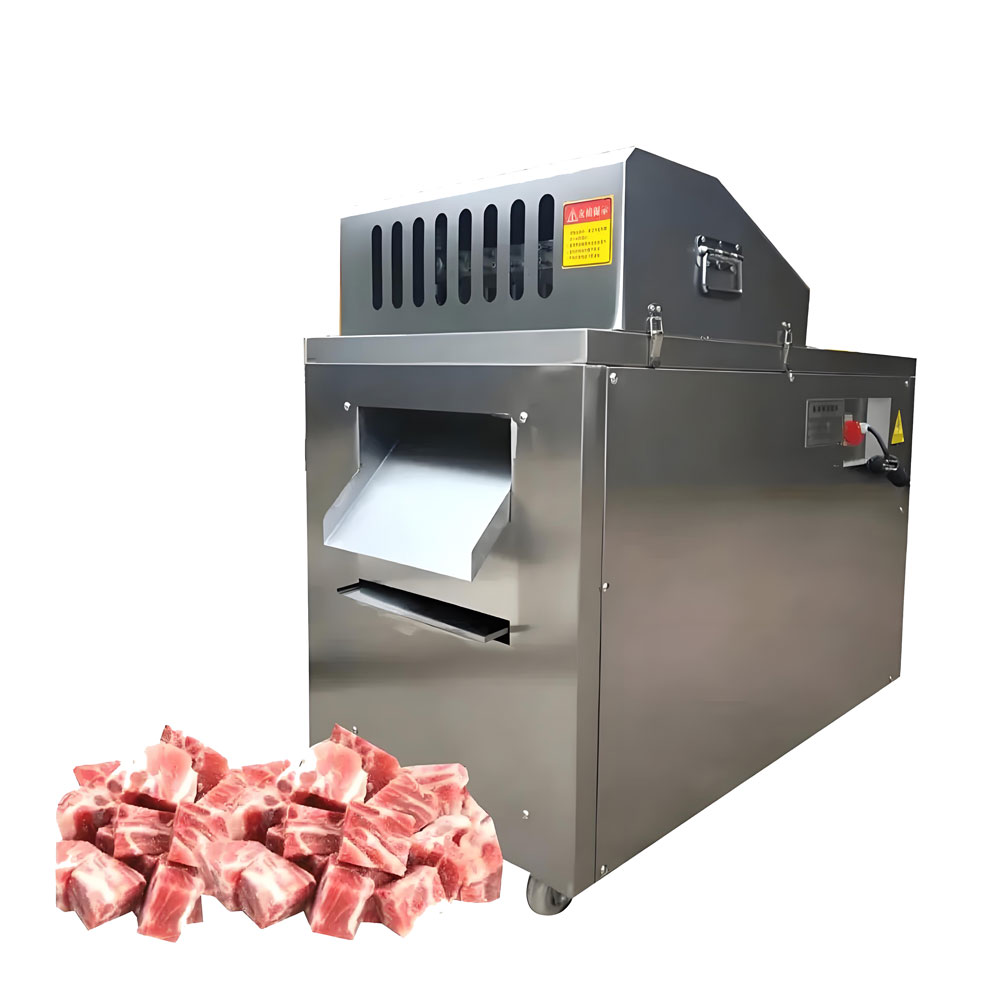
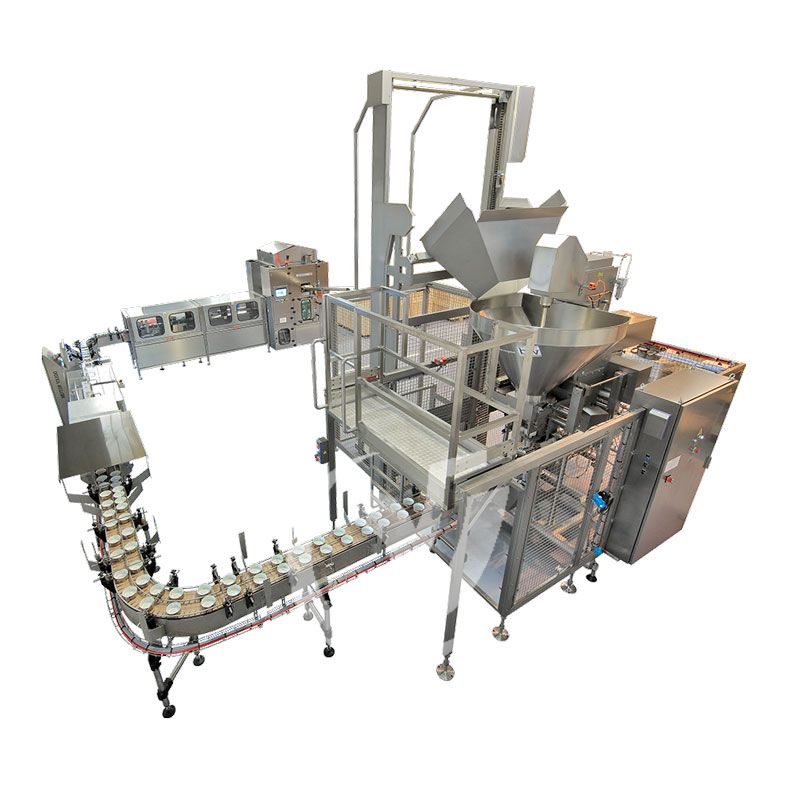

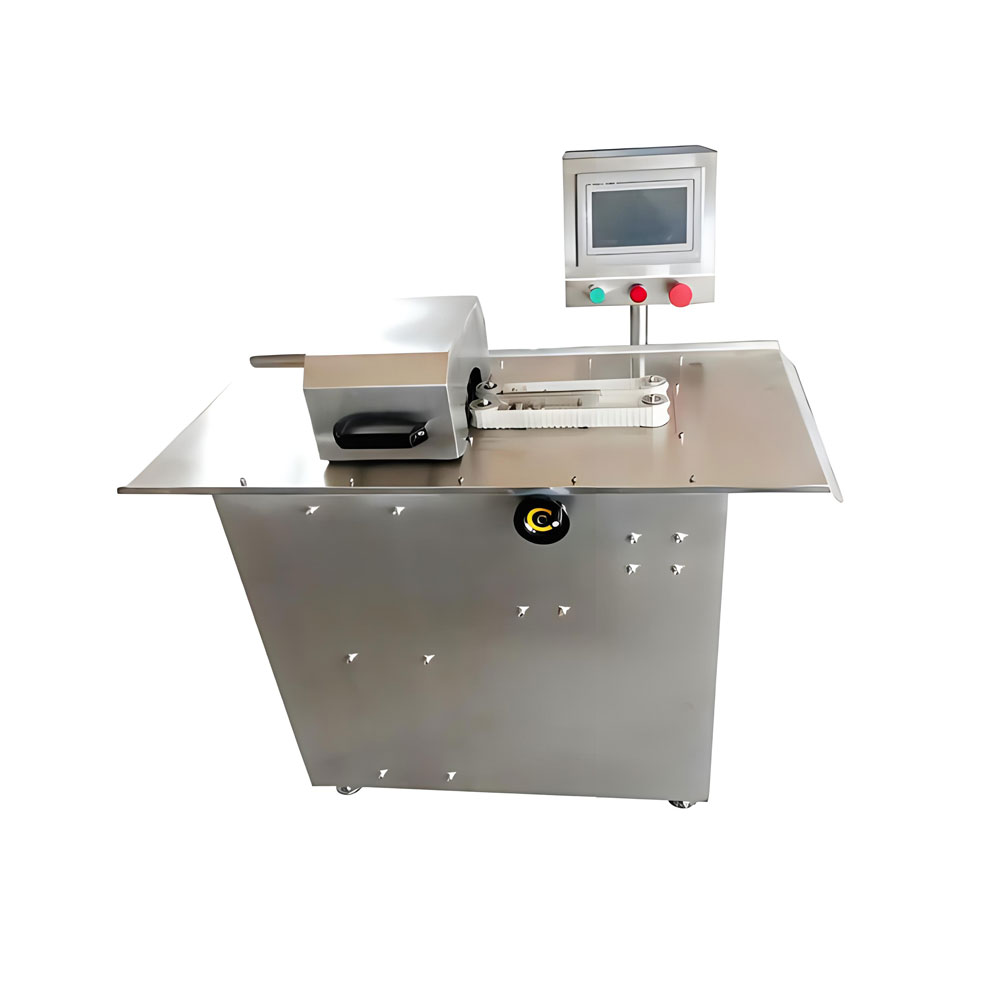
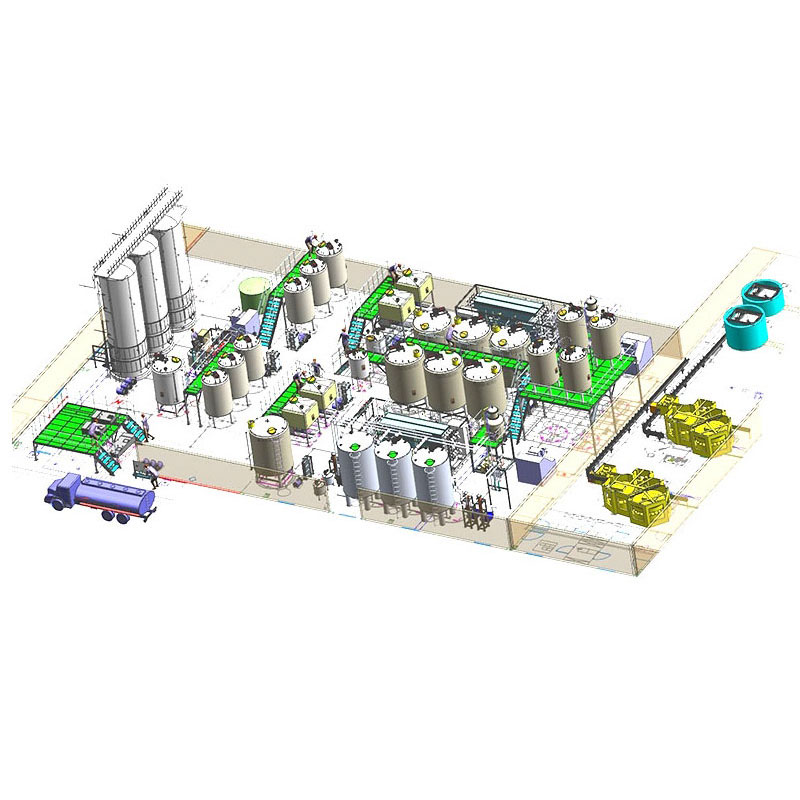
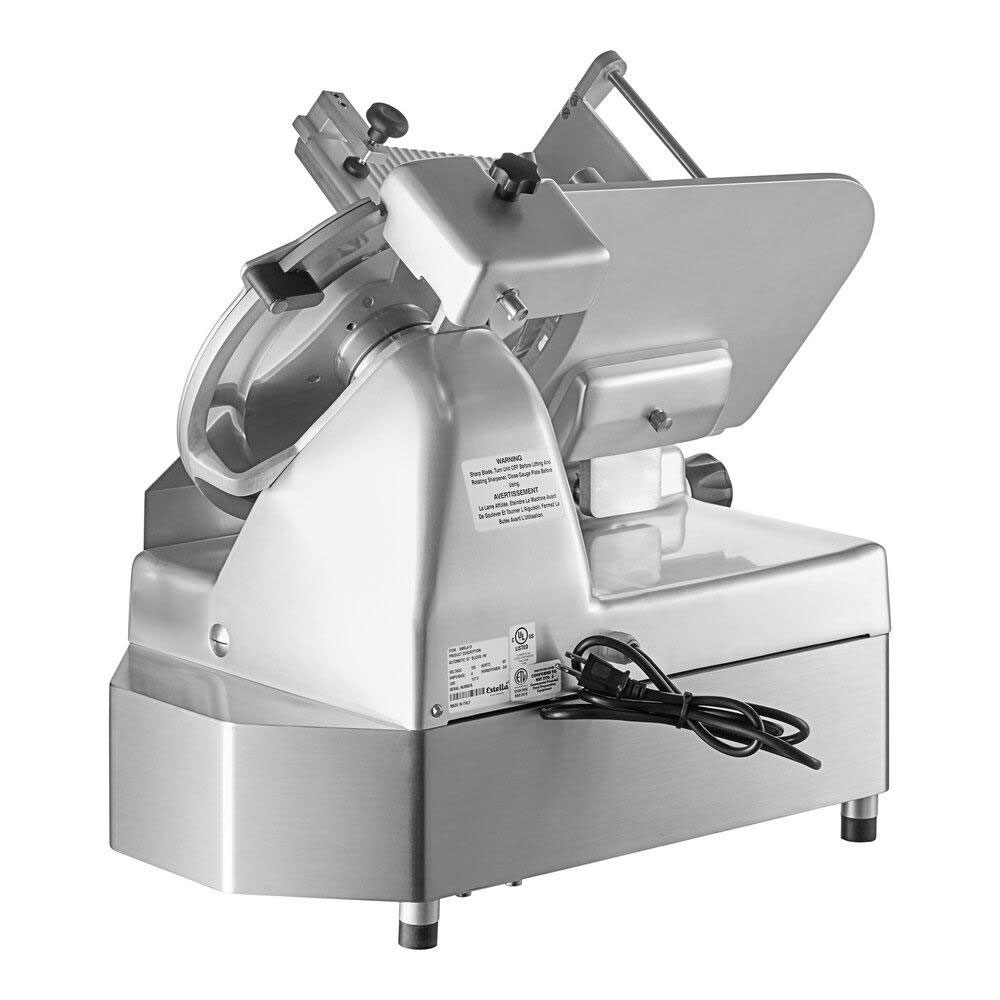
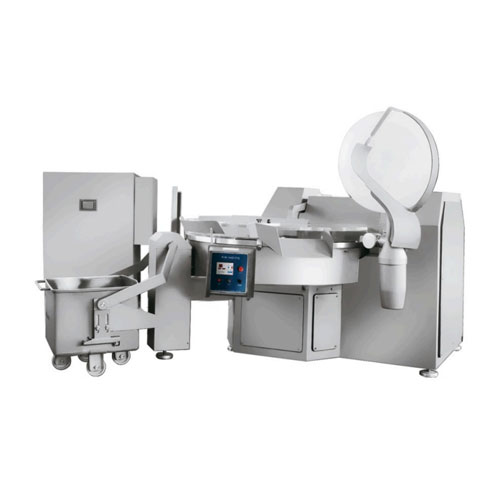
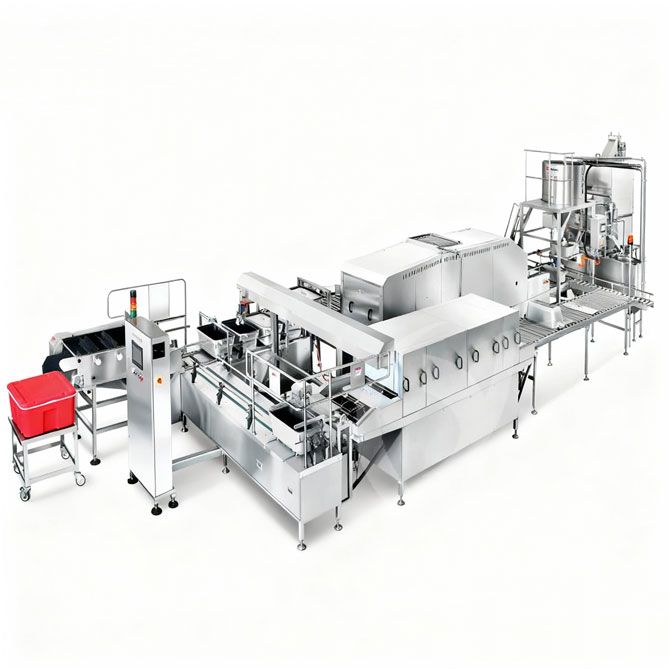
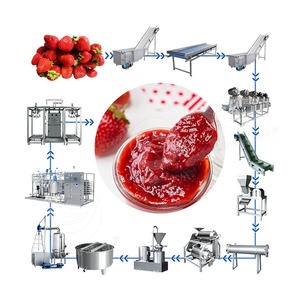 Jam Making Equipment
Jam Making Equipment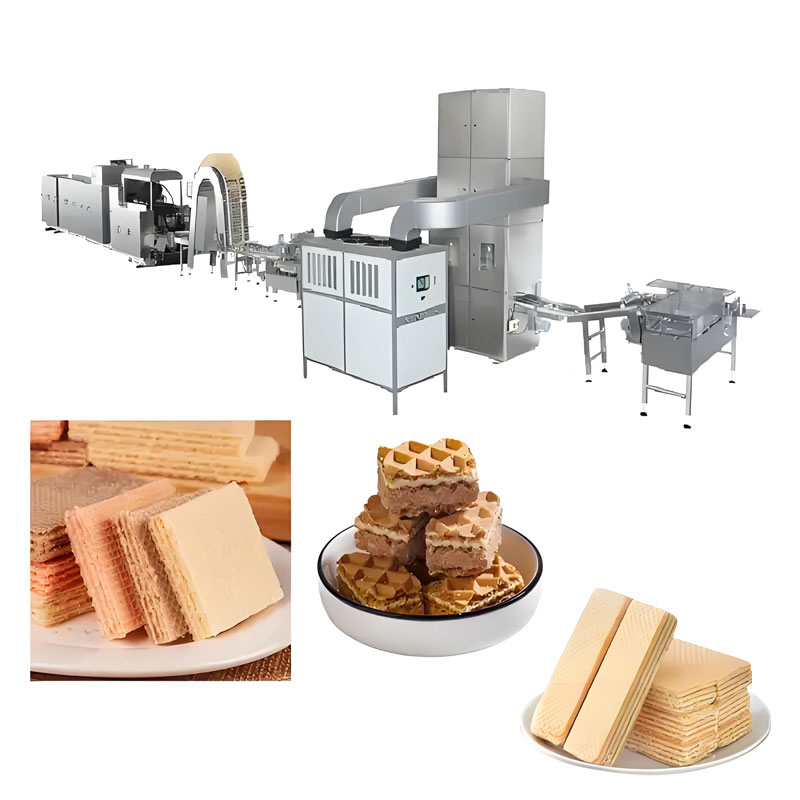 Biscuit Making Machine
Biscuit Making Machine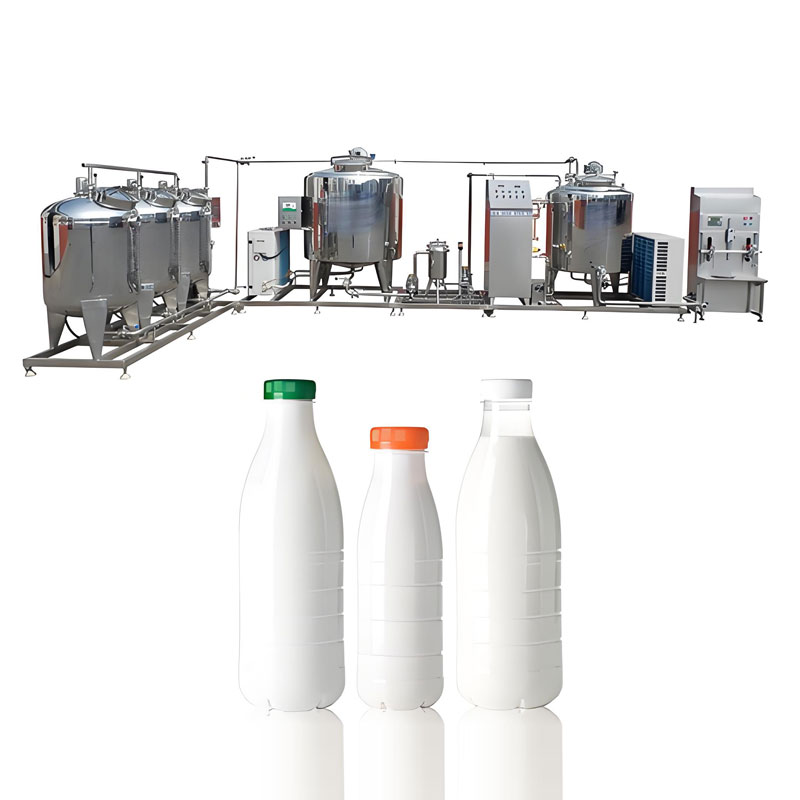 Yogurt Making Machine
Yogurt Making Machine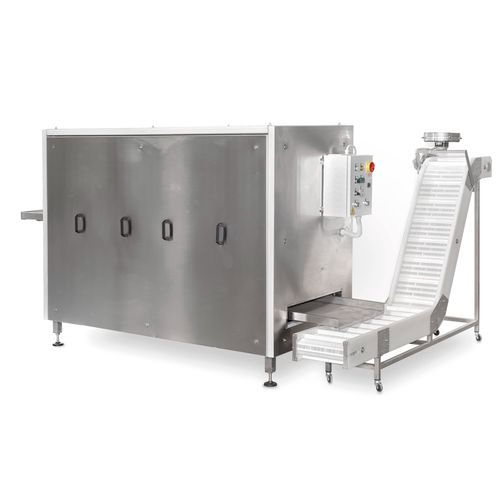 Commercial Dry Pasta Machine
Commercial Dry Pasta Machine
Ready to Get Started?